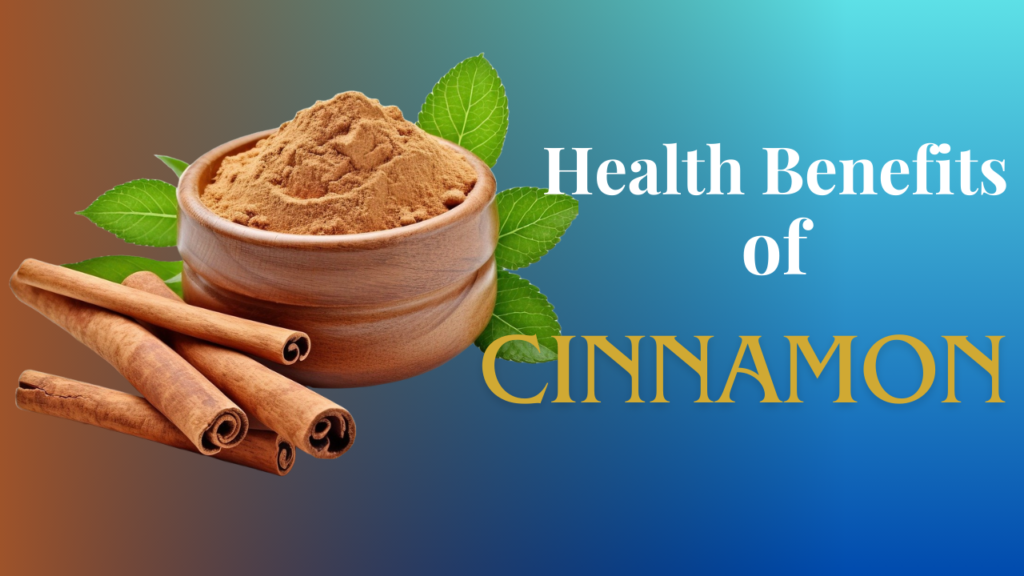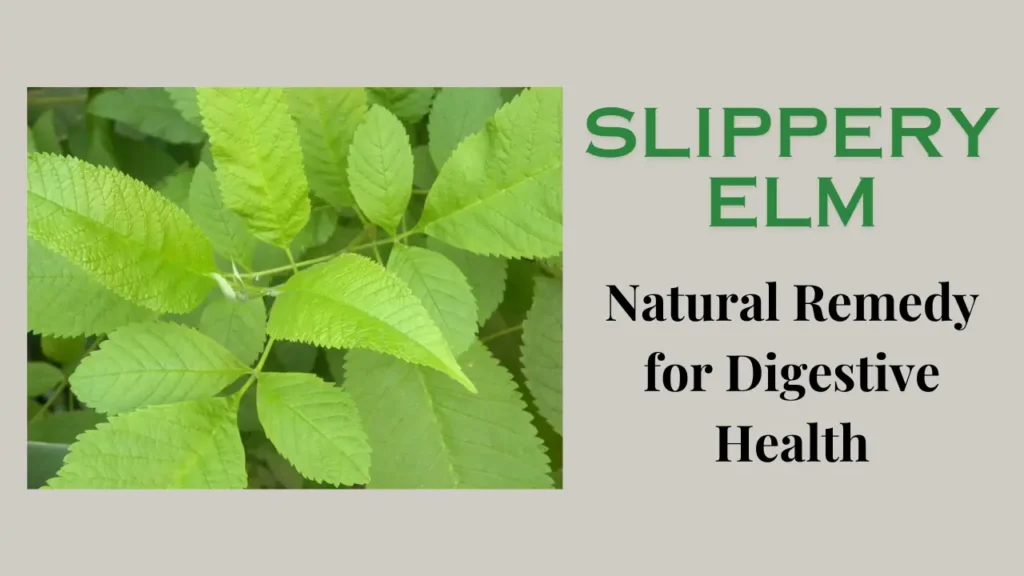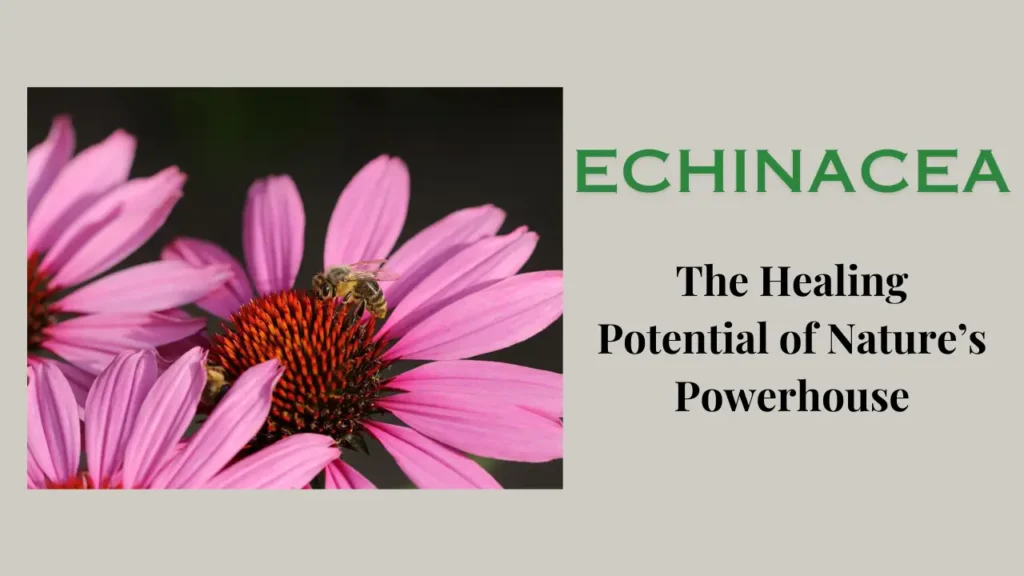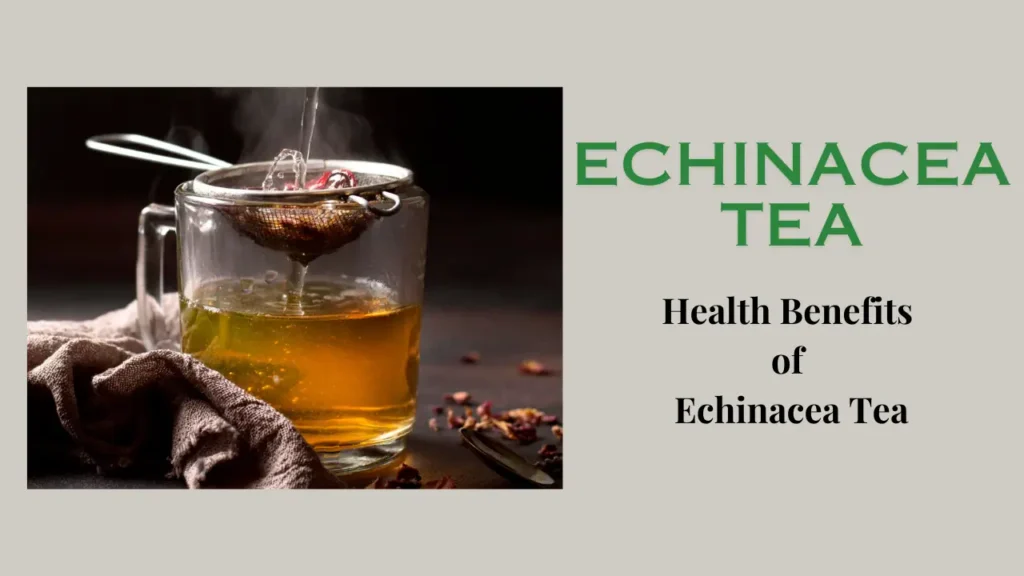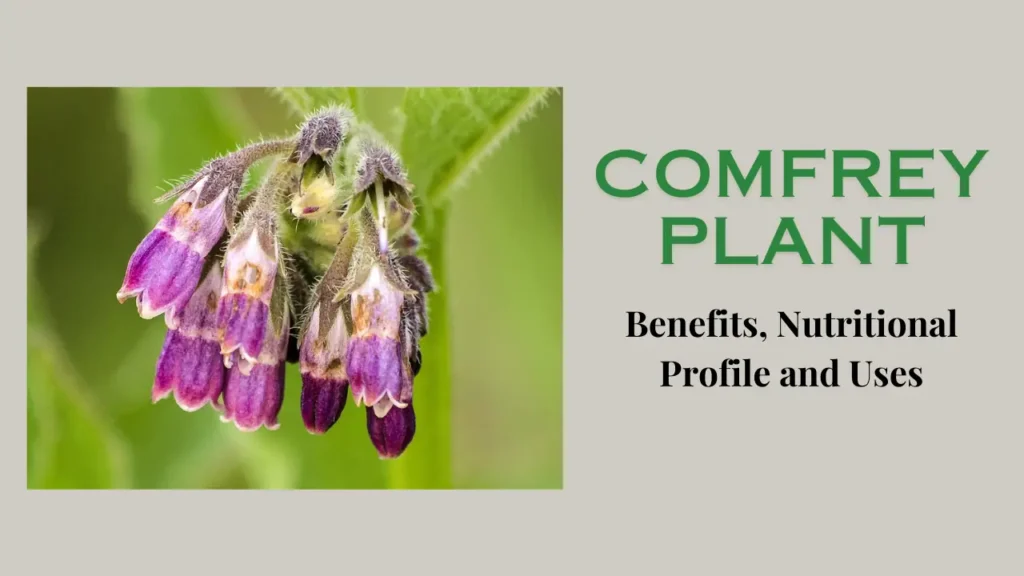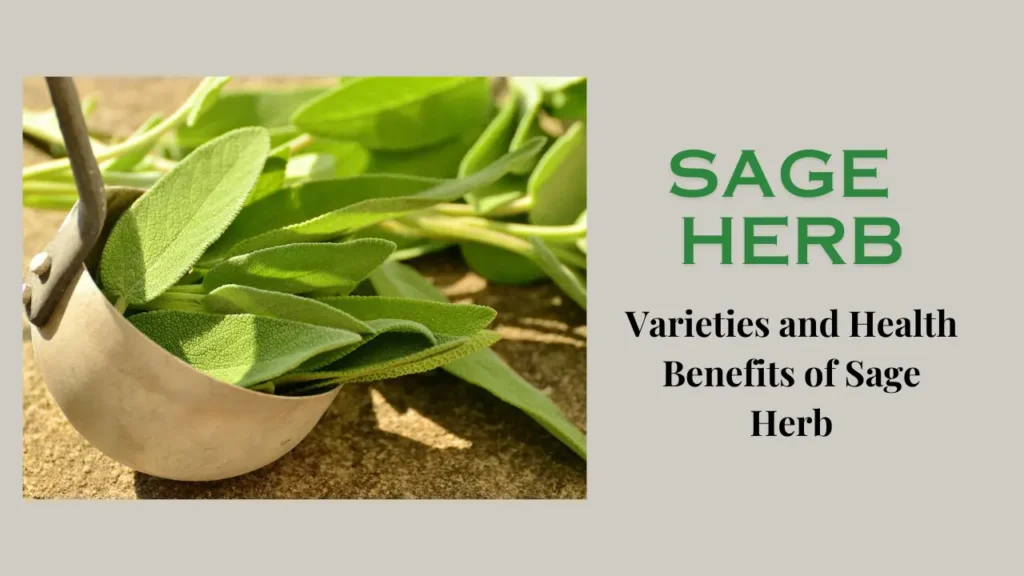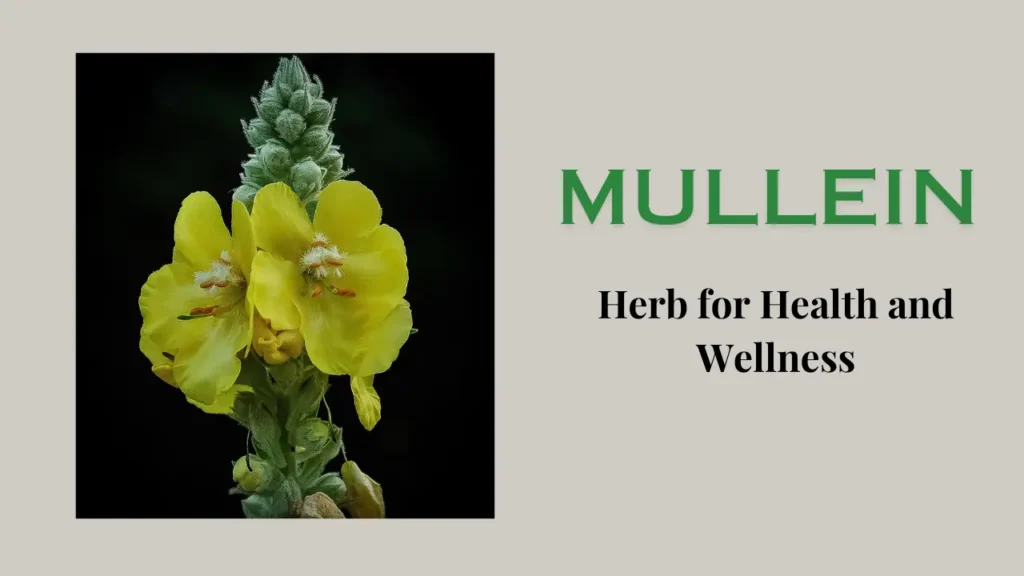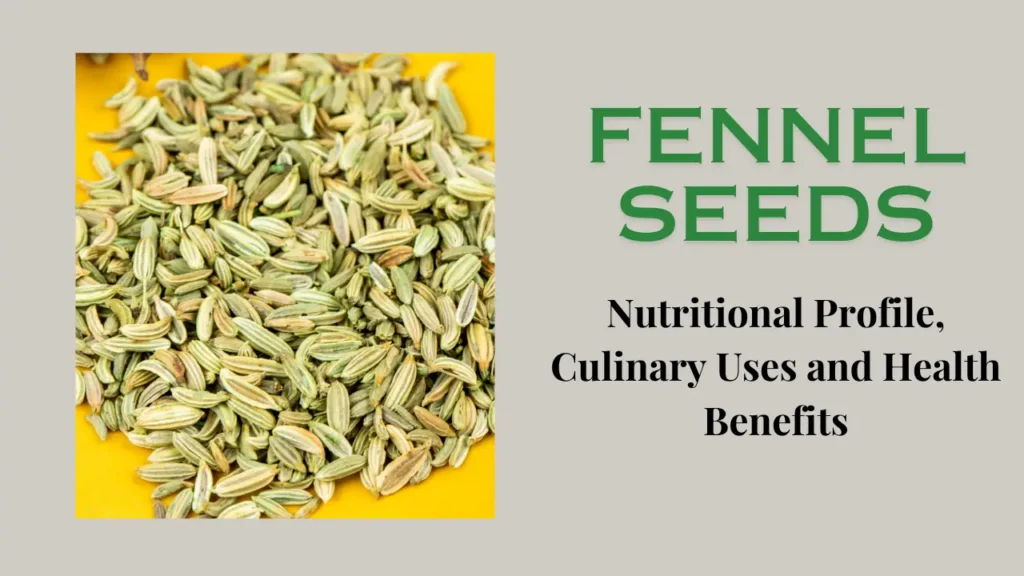
A Brief History
Historical Uses of Lavender
Varieties of Lavender
Cultivating of Lavender
A. Selecting the Ideal Location
- Sunlight Requirements: It requires abundant sunlight to grow. Generally, it should receive at least six hours of direct sunlight per day. So choose a spot in your garden where it gets enough sunlight to grow.
- Soil Conditions: It grows well in dry soils with slightly alkaline pH levels between 6.7 to 7.3. Sandy or loamy soil which allows water to drain easily is ideal for its cultivation. If your soil is heavy or clay-like, amend it with organic matter, such as compost or well-rotted manure, to improve drainage and create a loose texture.
B. Planting and Caring
- Choosing healthy plants or cuttings: When selecting lavender plants, select healthy seedlings or cuttings from reputable nurseries or garden centers. Look for plants that have strong leaves, no signs of disease or pests, and well-developed root systems.
- Proper Spacing and Companion Planting Recommendations: These plants require air circulation and ample space to grow. Keeping in mind their spreading nature, plant them at a distance of about 12 to 18 inches. Additionally, consider planting with other plants that benefit lavender, such as Rosemary, Sage, or Marigold, which help ward off pests and attract pollinators.
- Required Watering, Pruning, and Fertilizing Techniques: Once established, it is drought-tolerant, requiring little to no frequent watering. Water new plants regularly for the first few weeks, allowing the soil to dry out between waterings. Once established, water it sparingly and provide deep irrigation as needed. You can prune it in early spring to promote new growth and maintain its shape. Avoid excessive pruning of woody stems, as this may hinder regrowth. Fertilize sparingly in spring with a balanced organic fertilizer, avoiding high nitrogen levels which can cause excessive foliage growth.
C. Harvesting and Drying Lavender
- Harvest time for maximum concentration of essential oil: The ideal time to harvest is when the flowers have fully bloomed but have not yet started to fade. This usually happens in the morning when the essential oils are at their peak concentration. Avoid harvesting during rainy or humid weather, as moisture reduces the quality of harvested flowers.
- Methods for drying and preserving its flower: Gather a bunch of stems for drying and tie them together at the base using a rubber band or string. Hang these bunches upside down in a well-ventilated, dark room. Keep in mind that there should not be too many flowers in one bunch, otherwise they may become moldy. Once dry, gently remove the flower buds from the stems and store them in an airtight container away from direct sunlight.
- Creative Uses of Dried Lavender: Its dried flowers offer a myriad of uses. Make scented sachets by filling small cloth bags with dried lavender buds and placing them in drawers, cupboards, or under pillows for a soothing scent. They can also be used in culinary creations such as infused oils, herbal teas, and baked goods to add a delicate floral flavor and aroma to your dishes.
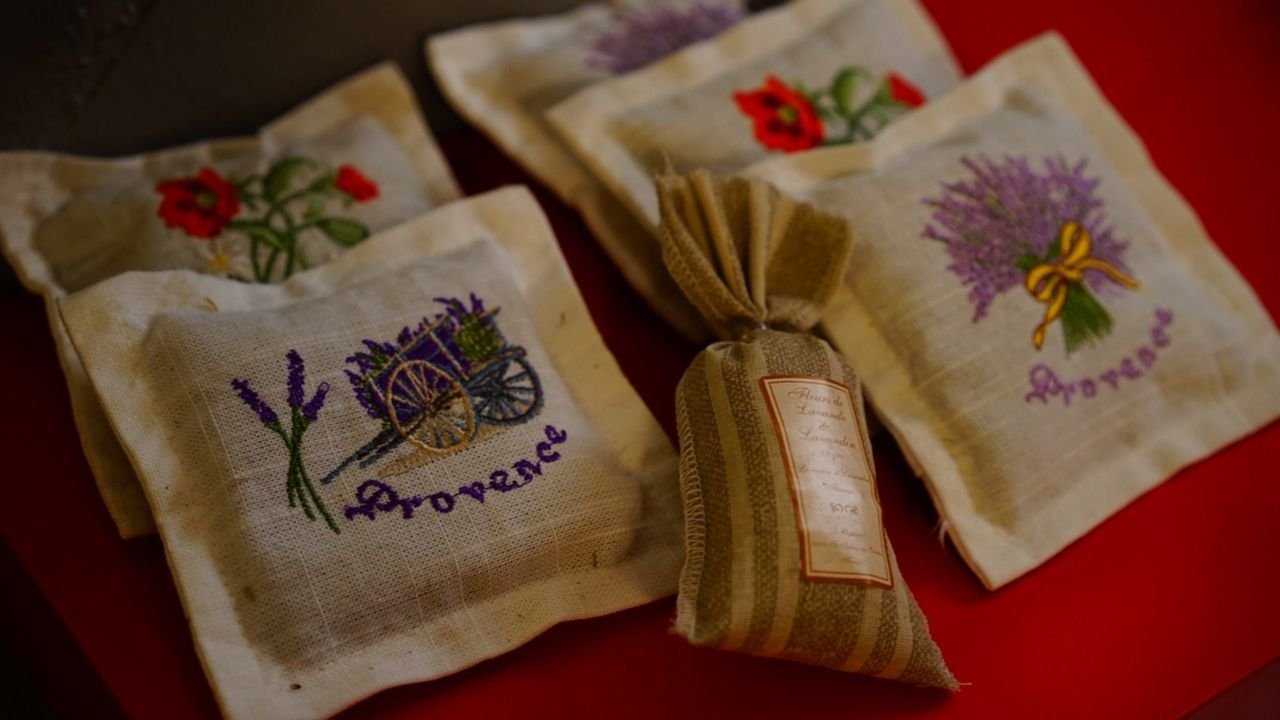
Benefits of Lavender
1. Aromatherapy
1. As a stress reliever and sleep aid: Lavender has long been used in aromatherapy for its calming properties. Its soothing scent has been shown to reduce anxiety, promote relaxation, and improve sleep quality. Using its essential oil through diffusers, bath products, or pillow spray helps create a calming environment and reduce stress.
2. Lavender’s calming effect on the nervous system: It contains several compounds that interact with brain neurotransmitters, such as gamma-aminobutyric acid (GABA), which helps control anxiety and promote a sense of calm. Inhaling its aroma produces calming responses in the brain, reducing stress and promoting relaxation.
3. Lavender essential oil for relaxation: Its essential oil is used topically, by diluting it with a carrier oil, to provide relaxation and relieve muscle tension. Gently massaging its diluted oil on the temples, neck or shoulders helps reduce headaches and promote overall relaxation. Additionally, adding a few drops of its oil to a warm bath or using it in a diffuser creates a soothing atmosphere that promotes restful sleep.
2. Natural Remedies
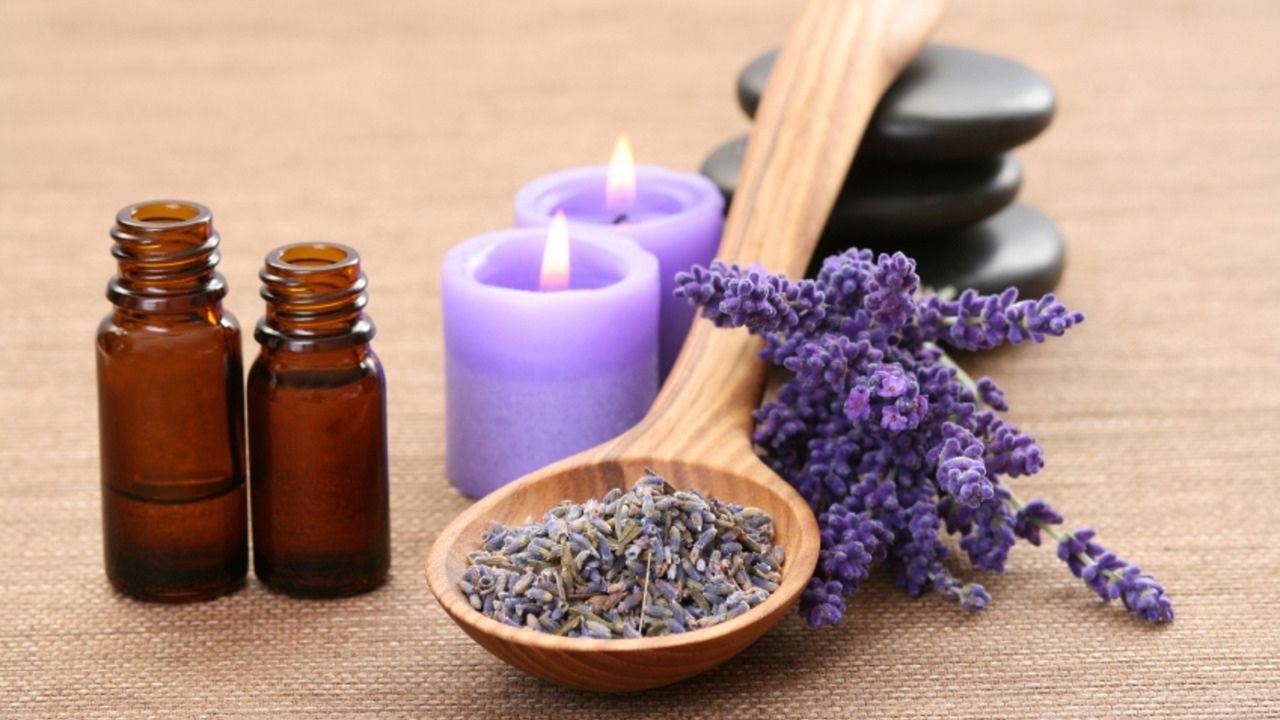
3. For Emotional and Mental Well-being
Culinary and Home Uses
A. Culinary Delights
- Used in desserts, beverages, and savory dishes: Culinary lavender adds a unique floral flavor and aroma to a variety of dishes. It is used sparingly in desserts such as lavender-infused shortbread cookies, scented creme brulee, or lemonade. Adding lavender-infused olive oil to roasted chicken or over salads enhances the flavor of dishes.
- Tips for incorporating it into recipes without overwhelming flavors: When using lavender in culinary creations, it is important to maintain balance to avoid overwhelming flavors. So start with a small amount and gradually add more until you achieve the desired taste. Keep in mind that the intensity of cooking lavender can vary, so adjust accordingly to ensure a subtle and enjoyable flavor profile.
- Pairing with complementary ingredients for a delightful twist: It pairs well with a variety of ingredients, enhancing their flavor and creating a delightful combination. Complement its floral notes with citrus fruits like lemon or orange, or experiment with herbs like rosemary or thyme to create unique flavor profiles. Lavender-infused honey or syrup can also be used to sweeten beverages or drizzle on desserts.
2. Home Decor and Fragrance
- Lavender-inspired home decor for a touch of beauty: It brings beauty and peace to your home decor. Use dried flowers to make decorative wreaths, floral arrangements, or lavender-filled sachets. Lavender-colored textiles, such as curtains, pillows, or table linens, can also add a soothing touch to your living space.
- DIY Projects with Dried Lavender: Combine dried buds with complementary dried flowers, herbs, or spices to create aromatic blends for your home. You can also use it to make attractive wreaths that look great on your front door or interior walls.
- Use in natural cleaning products and air fresheners: You can use its natural cleaning properties by adding it to household cleaning products. Make lavender-infused vinegar for all-purpose cleaning, or mix its essential oil with baking soda for a natural carpet freshener. Lavender-scented linen spray or air freshener adds a refreshing and relaxing scent to your living space.
Conclusion
Remember, before starting any new wellness regimen, it’s always best to consult with a healthcare professional to ensure it is suitable for your specific needs and circumstances.
There are many ways to dry it, two of which are as follows:
Method 1: hanging bundle
- First, cut the lavender stems just before they fully bloom.
- After this, tie 8-12 stems with twine or rubber band.
- Hang it upside down in a cool, dark, well-ventilated area (e.g., attic, closet).
- To maintain the color, avoid direct sunlight.
- Drying Time: It takes 2-4 weeks to dry (flowers appear dry and brittle).
Once dried, remove the flowers from the stems and store them in an airtight container.
Method 2: Loose Drying
- For this, spread a layer of lavender stems on a mesh screen or breathable cloth.
- Store this fabric in a warm, dry location with good ventilation and loosely cover it to protect it from dust and debris.
- Drying Time: 1-2 weeks to dry (flowers crumble easily).
- Once dried, remove the flowers from the stems and store them in an airtight container.
To make Lavender Oil, both fresh and dried flowers are used but fresh flowers yield stronger oil. There are two methods for this:
Method 1: Infused Oil
- First, fill a jar with dried lavender or fresh flowers. After this add carrier oil (eg, olive oil, almond oil).
- Keep it in a sunny place for several weeks and keep shaking it occasionally. After this, filter this oil and keep it in a dark bottle.
Method 2: Steam Distillation
- Special equipment is required to extract oil by this method. In this method, lavender is steamed.
Its blooming time varies according to the variety. It usually blooms from mid-June to late August and the best time to harvest it is in the early morning when the flowers are not in bloom. This preserves their color and aroma.
To make Lavender Syrup, combine water, sugar, and fresh lavender flowers in a saucepan.
- Heat it slowly until the sugar dissolves, then cook on low flame for 10-15 minutes. After the syrup is made, filter it and remove the flowers. Now cool it and store it in an airtight container in the refrigerator. You can use it in cocktails, mocktails, desserts, or by sprinkling it on fruits.
Use sharp scissors or a pruner to harvest it. For this, cut the stem just below the flowers (about 4-6 inches). Harvest it early in the morning after the dew dries. This maintains the quality of flowers. Plants should not be harvested excessively as it is not good for the health of the plants. Leave some stems to maintain the health of the plant.
You can purchase different varieties from local nurseries and garden centers.
Online plant retailers: offer the widest selection and ship straight to you.

